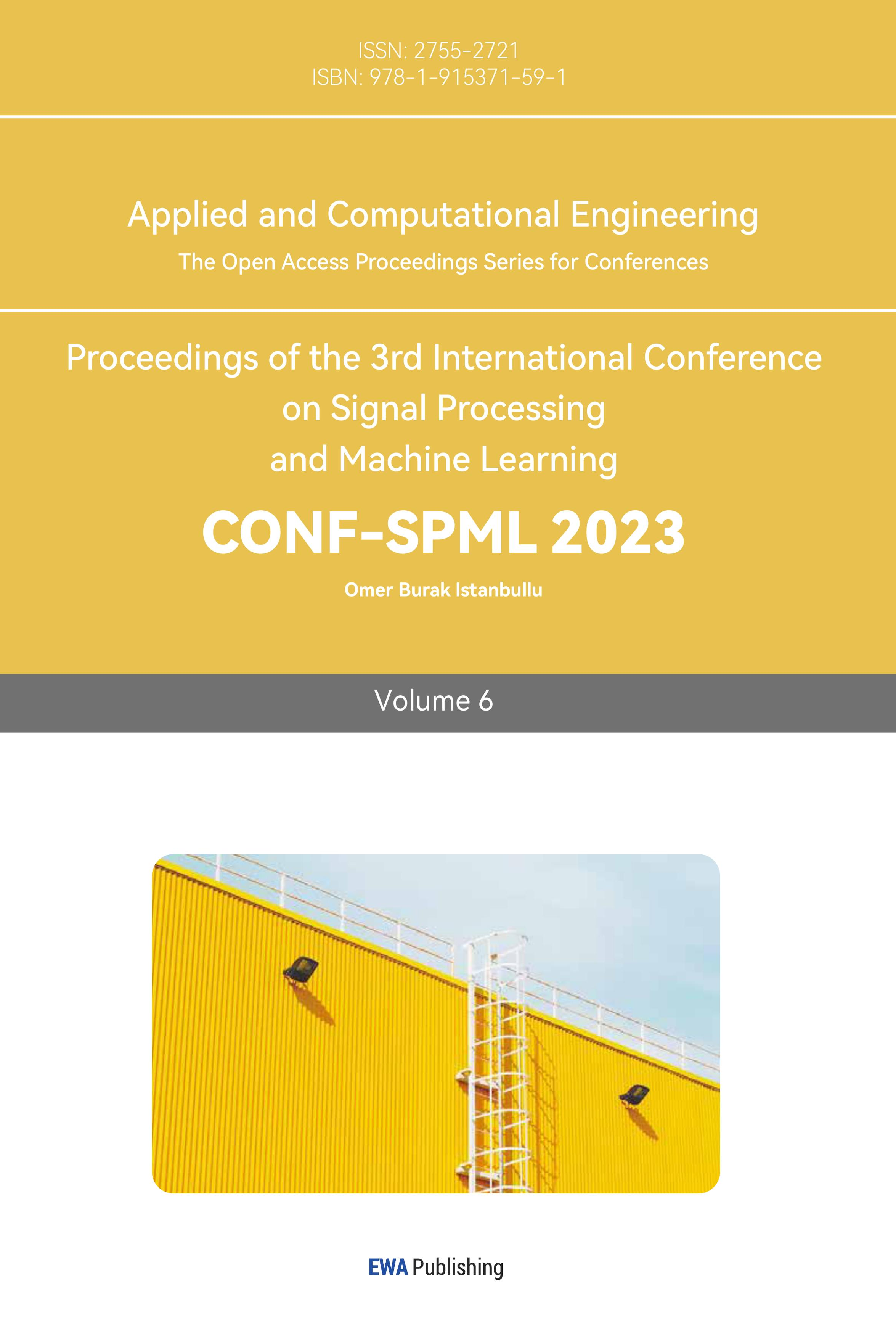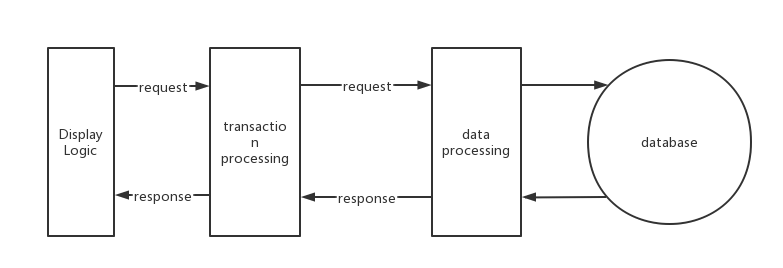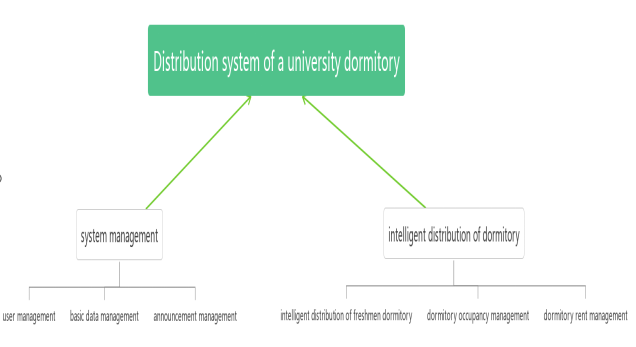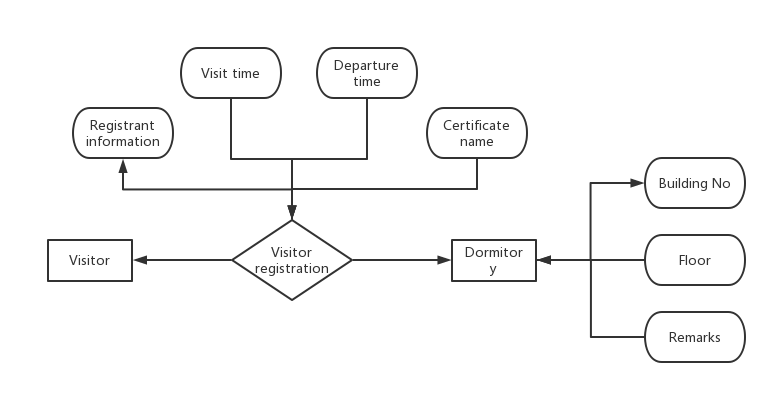1. Introduction
In recent years, the state has been paying more attention to China’s education, and the number of students enrolled in domestic universities has been growing rapidly. By 2021, there will be more than 31 million college students in China [1][2]. Students spend nearly 70% of their time in dormitories, so as an important place for student activities, the management of student dormitories should be highly valued. However, with the increasing number of college students, the dormitory management system is still relatively backward, which brings a lot of inconvenience to the dormitory. Another problem in the student dormitory is the conflict between roommates. In 2016, the China University Media Alliance conducted a questionnaire survey at 134 universities nationwide. As a result, about 78% of the students have conflicts with their roommates. In 2017, China Youth Network conducted a survey on the relationship between college students’ apartments among 958 college students nationwide. The results showed that 42.28% of the students had conflicts with their roommates, and 28.29% of the students said that they had the idea of changing their apartment and their living habits were changing. A survey on how to maintain the relationship between roommates shows that 86.22% of students think they should respect their living habits [3][4][5]. This paper discovered that the contradictions between roommates were primarily reflected in differences in study, living habits, personality, and economic conditions after reviewing the relevant data. The current college dormitory allocation method cannot take the students’ own situation into account. However, the students in the same dormitory have very different living habits, which causes friction among roommates and ultimately affects their lives and studies. As the post-00 students enter the university, personalization will continue to expand. They will no longer be satisfied with the way the school allocates apartments according to the number of students, but hope to have more personalized ways [6][7]. This paper studies the hierarchical design of the student dormitory management system, and initially constructs the system architecture. It also analyzes the demand analysis of the student apartment management system, the functions that the system should have, and the expansion information for each function; System performance test. Through the use of this system, modern information management can be realized in terms of accommodation arrangements, management, and other aspects.
2. Literature review
Liu Yingchuan designed a highly efficient educational administration management system [6]. Zheng Lu designed and implemented a college integrated teaching management system based on EITP protocol to solve the problems of “data isolation” and “information dispersion” among multiple modules of the current college teaching management system [7]. Sui Yu analyzed the design of the college student information management system based on the analysis and research of the demand for the design of the college student information system, comprehensively understood the technical basis and theoretical basis of the system design, and combined the application demand of the current college student management for the system [8]. Wang established an ASP based student apartment management system, which fundamentally changed the existing operation mode and service mode, realized the intelligent management of student apartments, and promoted the standardization and efficiency of management [9]. Based on the above documents, this paper adds the function of personalized distribution of student dormitories and optimizes some systems.
3. Hierarchical design of student apartment management system
style='position:absolute;left:0pt;margin-left:190.45pt;margin-top:480.8pt;height:49.25pt;width:82.55pt;z-index:251662336;mso-width-relative:page;mso-height-relative:page;' />style='position:absolute;left:0pt;flip:x y;margin-left:269.75pt;margin-top:399.35pt;height:44.15pt;width:0.8pt;z-index:251661312;mso-width-relative:page;mso-height-relative:page;' />style='position:absolute;left:0pt;margin-left:176.4pt;margin-top:399.35pt;height:50.85pt;width:0.85pt;z-index:251660288;mso-width-relative:page;mso-height-relative:page;' />style='position:absolute;left:0pt;margin-left:148pt;margin-top:442.65pt;height:97.5pt;width:167.5pt;z-index:251659264;v-text-anchor:middle;mso-width-relative:page;mso-height-relative:page;' />B/s architecture consists of three independent units: presentation layer, data layer and function layer, as shown in Figure 1.
|
Figure 1. Architecture diagram. |
4. Demand analysis of student apartment management system
4.1. System function analysis and design
It uses the MySQL database to design a system with complete and safe data. The system is divided into the following sections.
(1) Personalized distribution system of dormitory
Freshmen will be required to fill out the questionnaire when they log on to the platform for the first time. The system takes the answer of the questionnaire as the allocation condition. Give a certain weight value to the importance of matching, and calculate the matching degree by calculating the standard deviation of each weight value, so as to find several students who are close to their habits and personalities, and then automatically assign them to the same apartment, so as to achieve a humanized apartment distribution system.
(2) User authority management system
Users are divided into ordinary users and super users. Common users are students, counselors and dormitory administrators. Ordinary users can only operate within their corresponding permissions. Super users are mainly used to set the permissions of ordinary users and manage databases.
(3) Information maintenance system
The dormitory administrator has the operation authority for this module. The system’s functions include maintaining student information, dormitory information, health information, and home page announcements.
(4) Query information system
All ordinary users have the operation authority of the system. The system can help users query all kinds of information, such as room number,student number, name, and department.
(5) Visitor registration system
Dormitory management has the operation authority of the system. The system is used to register the visiting time, leaving time, interviewees, dormitory number, name and permit of visitors.
4.2. Design of overall system architecture
According to the B/S based architecture mode, design the drawing (as shown in Figure 2):
|
Figure 2. System overall function structure. |
4.3. System ER Diagram
According to the previous system function analysis, design the ER drawing (as shown in Figure 3:
|
Figure 3. Register ER diagram. |
5. System design
The fundamental purpose of performance testing for the system is to test the performance of the system under the practical operation environment, and analyze whether various hardware configurations have constraints on the system. The stable operation of the system is the premise of daily business development, and also the goal of the system testing work.
1) The functions of students’ check-in and check-out are normal, and normal check-in management needs can be achieved through the entry, modification and deletion of freshmen’s information.
2) The management functions of student information, dormitory information, visitor information and fault repair information are normal. The information to be added, modified and queried can be verified correctly, and prompts can be given correctly when deleting information.
In fact, all kinds of structural testing methods can not guarantee the correctness of the program, but they do hope to find the errors in the program as much as possible through testing. Although the related functions are basically realized, there are still many deficiencies, so the software has passed the test after the demonstration. According to the system performance test results under various environments, the system has good performance, no design defects, and meets the user’s requirements.
6. Conclusion
The student apartment management information system, which takes the computer network as the control center, effectively changes the apartment management mode and realizes network management. With the help of the student apartment management information system, it can ensure that the subordinate subsystems can effectively share information, improve the management efficiency and level, facilitate teachers and students to operate, improve the comfort and security of the student apartment, comprehensively improve the quality of dormitory service, update and change the apartment management concept, and make the service process have a great change. It is of great significance to improve the efficiency of student apartment management. Although the basic functions can be realized, there are still many deficiencies. For example, there are few personalized tags provided by freshmen when they first register, and they can not realize user-defined tags. The system announcement is not obvious. In the future, we can mainly study the classification of similar data. Because the program is not complete enough, there is no relevant test with its own data at present. The server module will be improved and tested with data in the future.
Acknowledgement
First of all, I would like to thank my computer professors and tutors for their help. Compared with other students, I have a poor foundation and can use less time, but they still do their best to help me with computer learning. After the defense, he gave me complete suggestions for my project and helped me in the process of writing the paper. Secondly, I would like to thank my family and friends for their continuous encouragement during this period.






